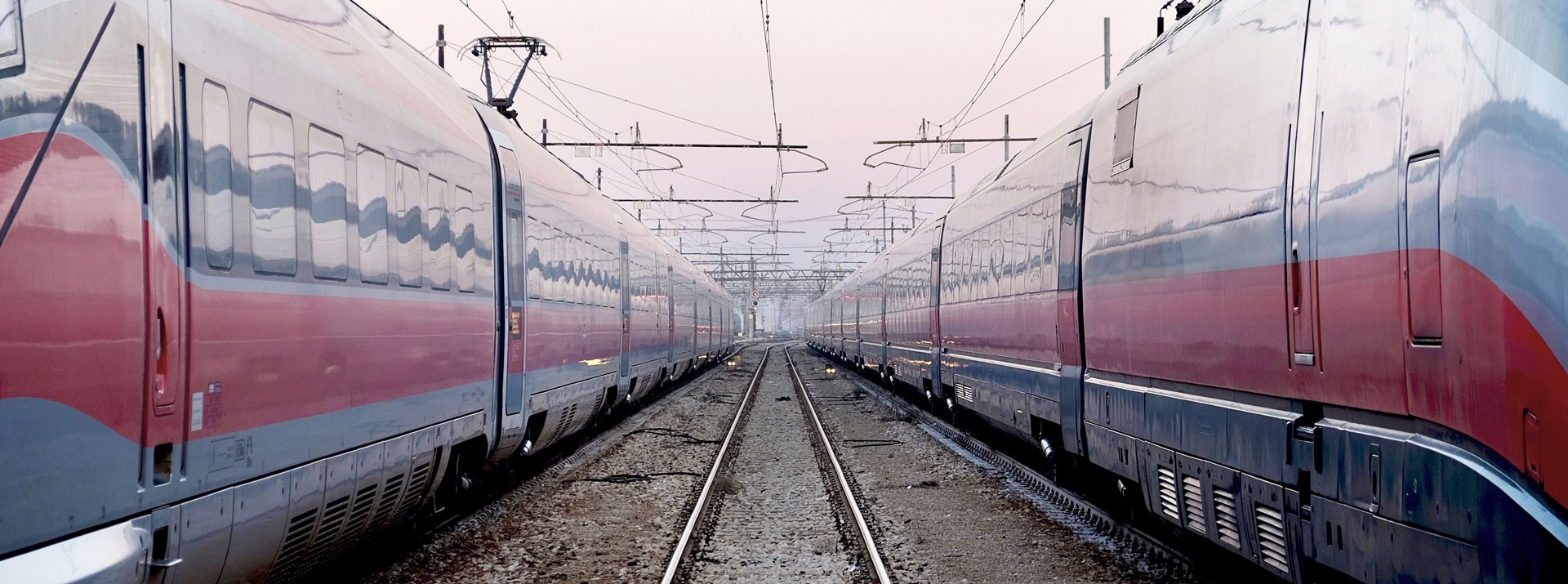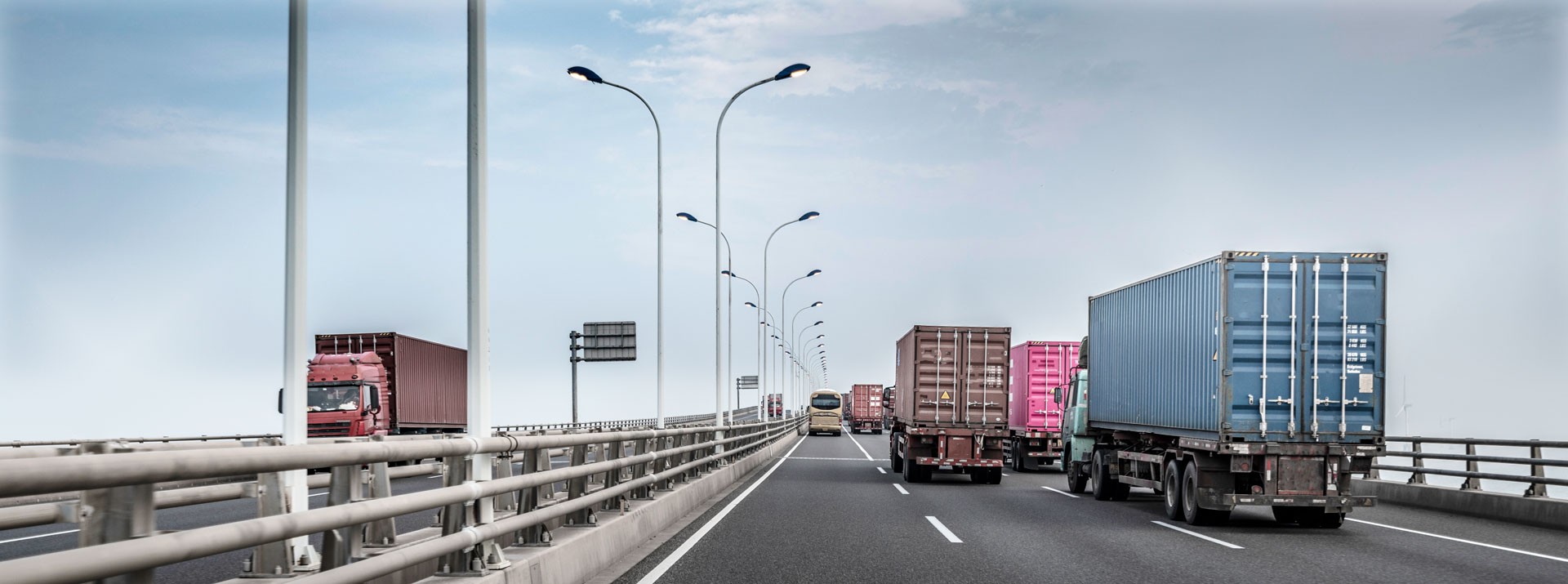Knorr-Bremse is committed to driving innovative ideas forward. One of the ways it has been seeking out high-tech innovations from the startup scene in recent years is through the TechFounders platform. We are currently helping a number of young entrepreneurs to turn their inventions into market-ready products. One day, these will play a role in making rail and commercial vehicle mobility even safer, more efficient, more reliable and more sustainable.
Ever heard of a “pantograph”? You may well have noticed the slender, bracket-like device on the roof of a train as it rolls into the station. The pantograph collects power through contact with an overhead line while the train is in motion to supply it with electrical energy. Pantographs are a vital component when it comes to operating electric trains.
Since they are exposed to the weather on the train roof and wear out over time as they gently drag on the overhead line, they require regular maintenance – just like any system on board a rail vehicle. Knorr-Bremse wants to deeply understand the demanding market for pantograph control systems and their maintenance and is posing the question: What if the complex servicing could be made even more efficient and targeted through digitalization?
That’s the challenge PANTOhealth is taking on. The startup is developing a solution that uses operating data to gain insights into the condition of the electrical equipment on the train roof. The data is collected by sensors and synthesized by a unique analytical model of pantograph and catenary known as the digital twin of the train and infrastructure. Conclusions drawn from this data make it possible to detect potential defects at an early stage and to perform pantograph maintenance more flexibly. What’s more, the solution will allow the contact force of pantographs to be adjusted according to the present situation, thus reducing wear and tear. Knorr-Bremse and the startup are currently working on a feasibility study of the system to prove that it can be applied on a larger scale.
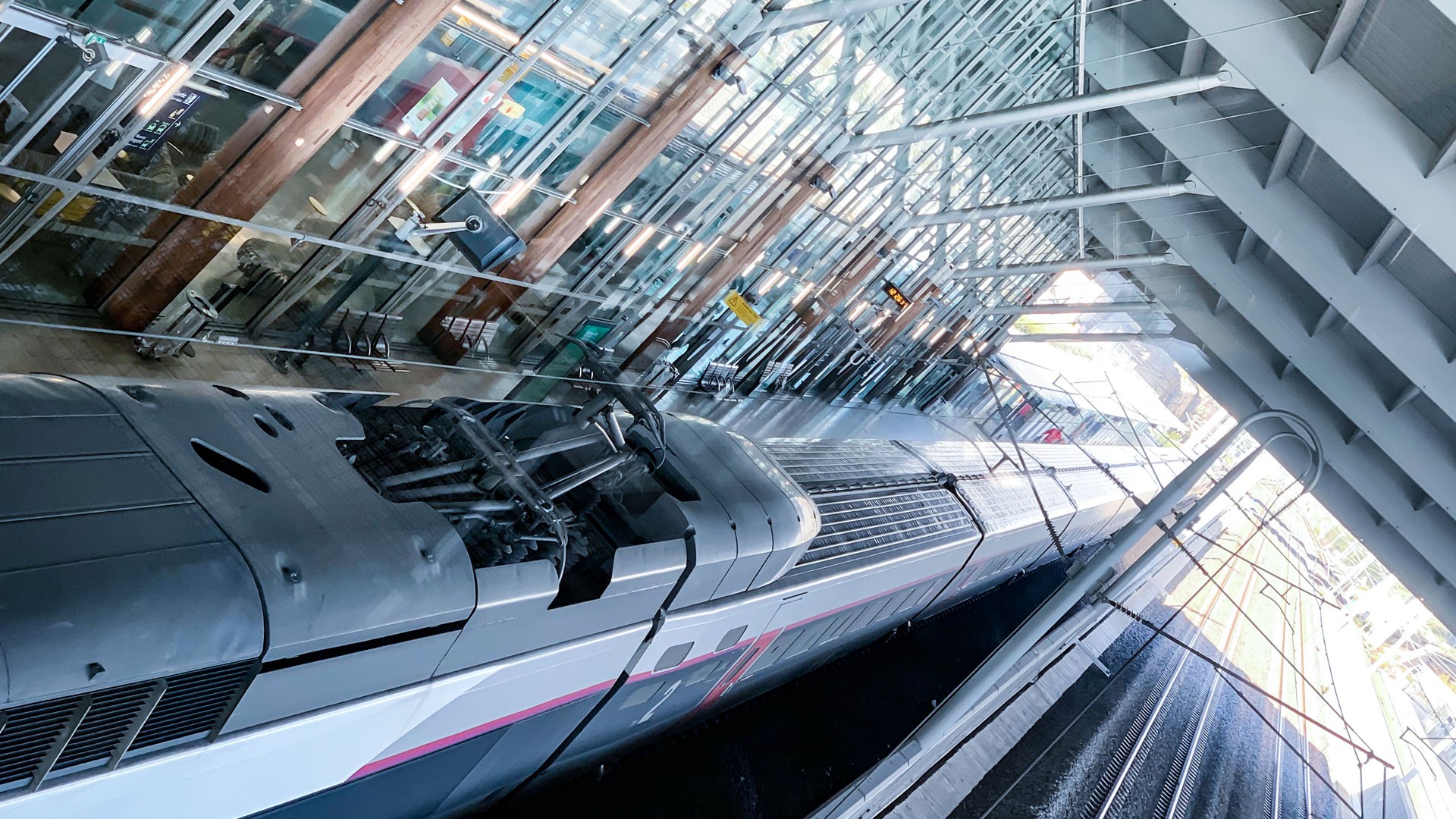
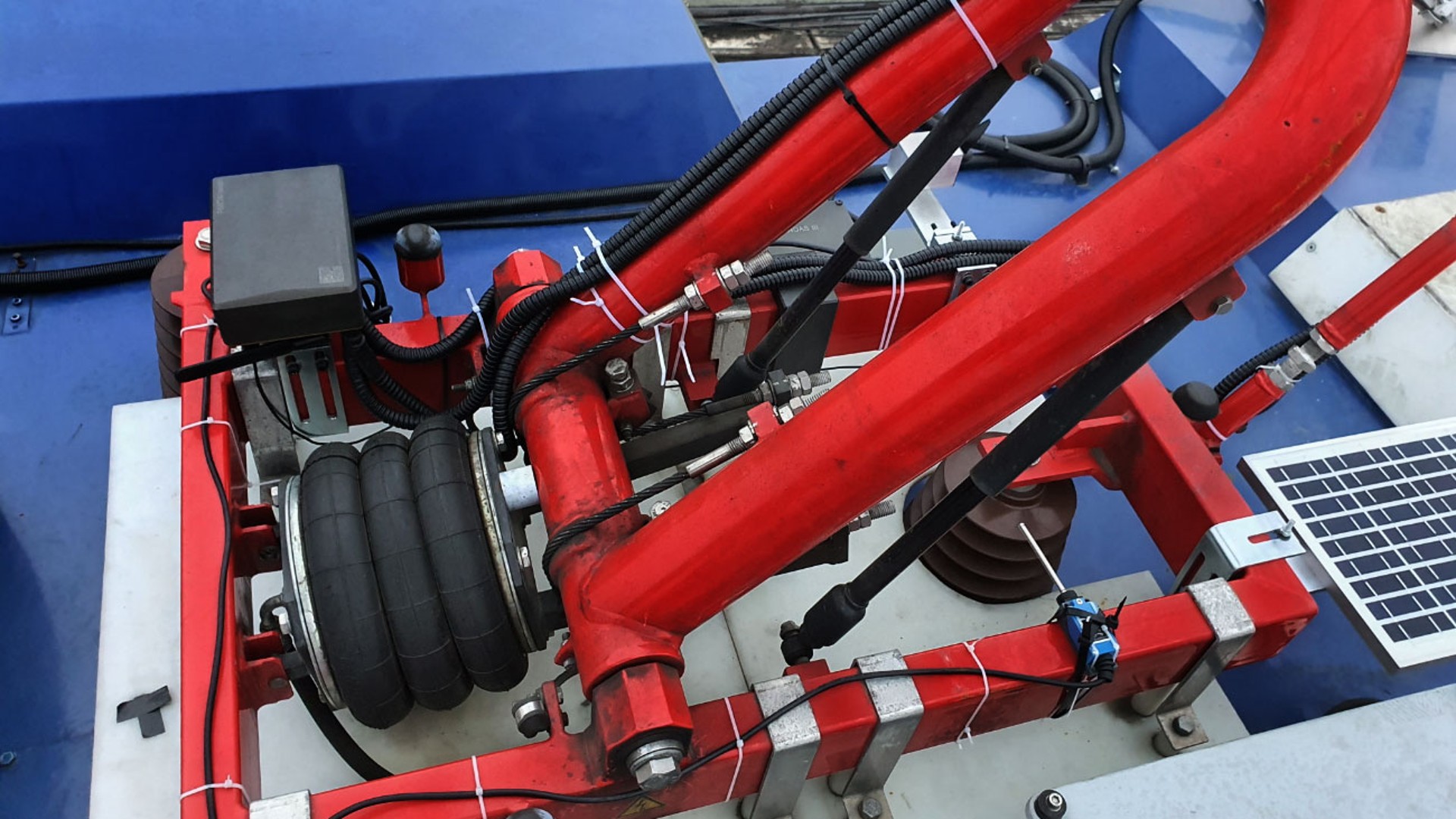
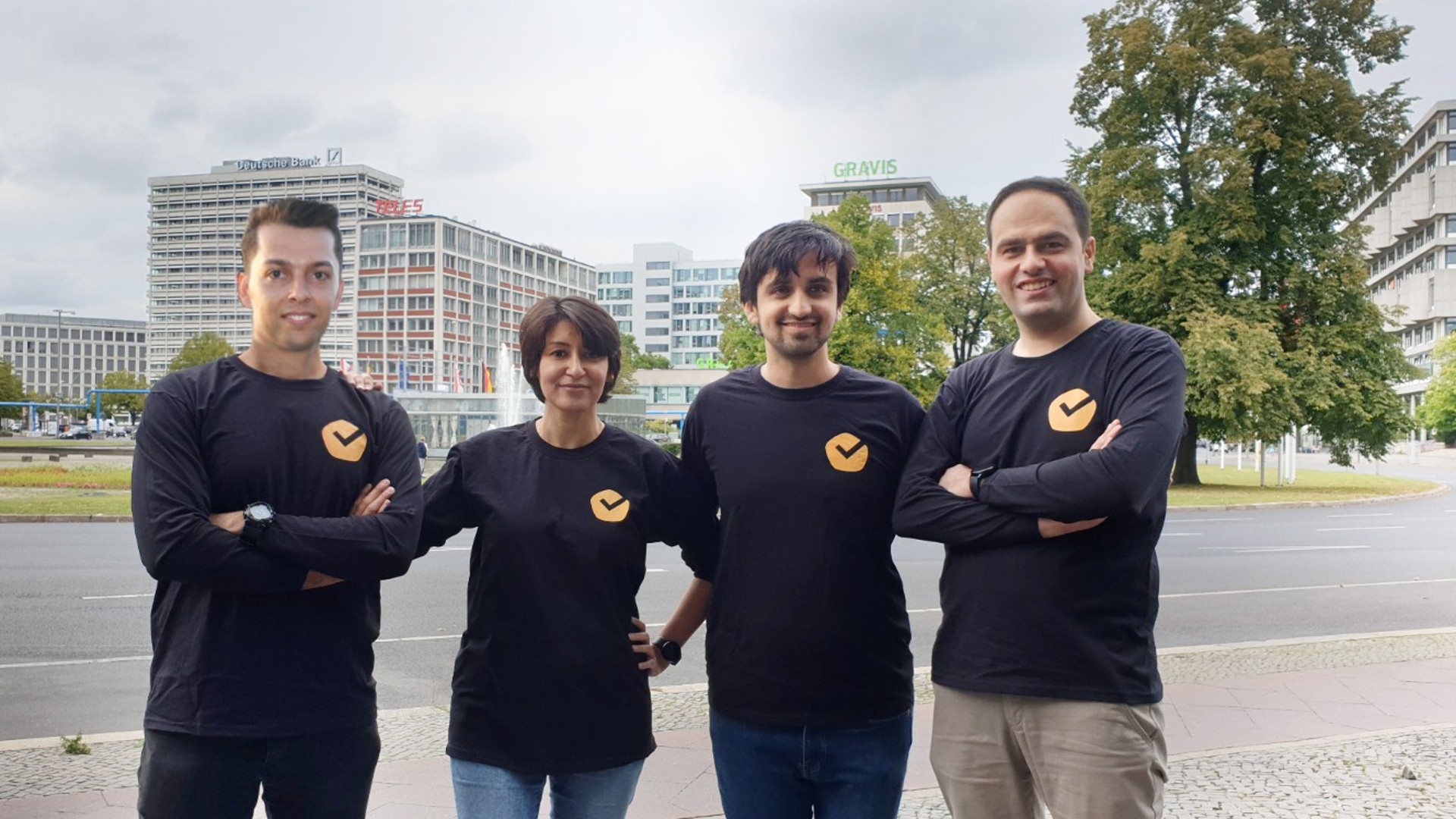
PANTOhealth is among the current crop of young tech companies that Knorr-Bremse is collaborating with via the TechFounders startup platform to complete feasibility studies and – if there is a strategic fit and a scalable business model – to establish a long-term partnership. But what makes the alliance between major corporations and emerging entrepreneurs so attractive for both sides?
Joining forces to combine the best of both worlds
“Digitalization, sustainability, mobility and urbanization are key global trends that we will help to shape with our solutions,” says Dr. Jan Mrosik, Chairman of the Executive Board of Knorr-Bremse AG and responsible for digitalization within the Group. “Technologies for the Internet of Things (IoT), increasing automation and data are crucial drivers of our developments for customers. In terms of their structures, processes and thinking, many startups could be described as digital natives. As such, they can play an important role in driving corporate innovations.”
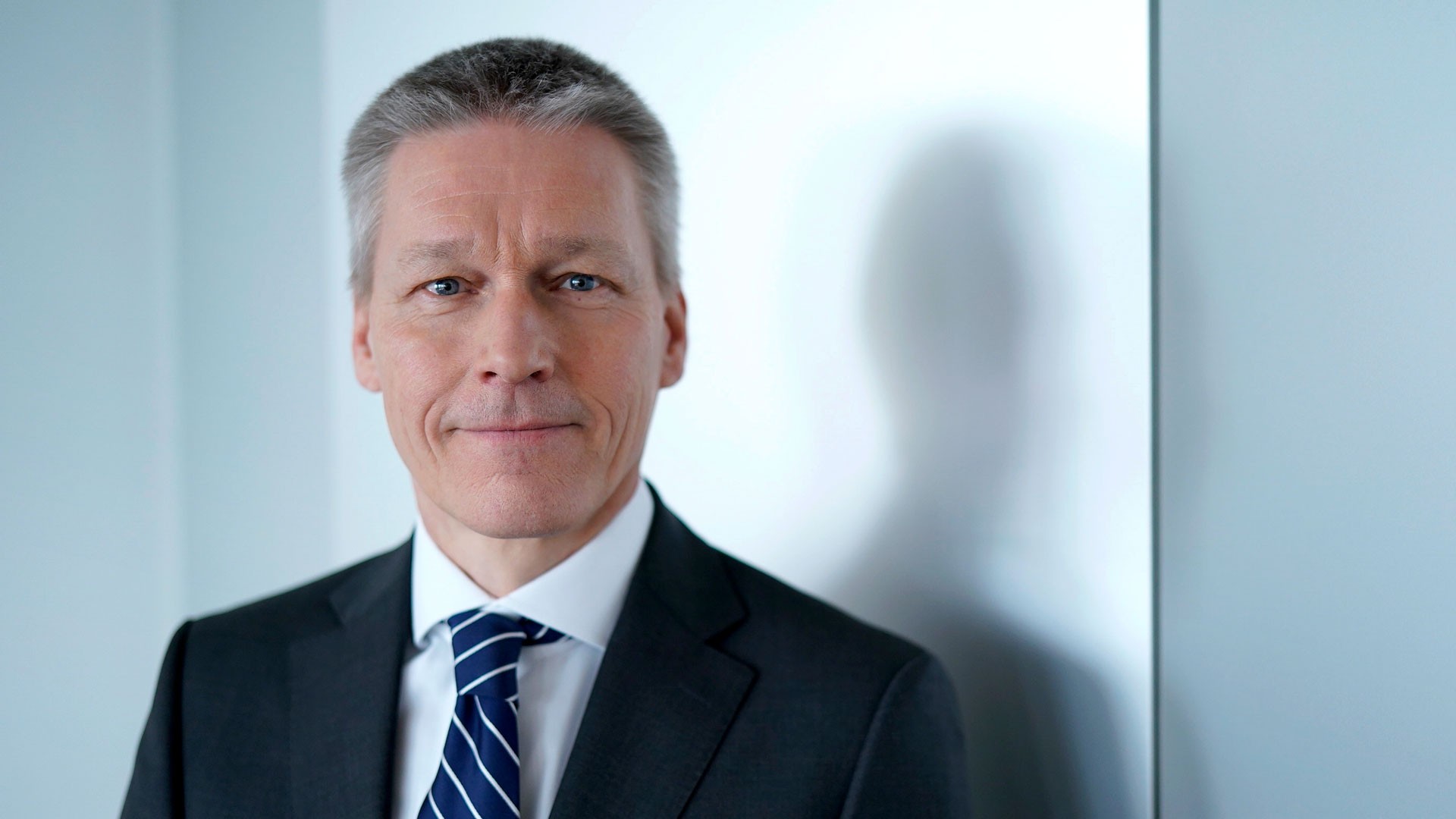
Technologies for the Internet of Things (IoT), increasing automation and data are crucial drivers of our developments for customers. In terms of their structures, processes and thinking, many startups could be described as digital natives. As such, they can play an important role in driving corporate innovations.
Dr. Jan Mrosik – Chairman of the Executive Board of Knorr-Bremse AG and responsible for digitalization within the Group
Indeed, cooperation between corporations and startups can bring advantages for both sides. For example, companies like Knorr-Bremse can benefit from the agility of a startup, its quick decision-making and specialist software expertise when developing new mobility solutions. In turn, when the technology is mature enough, big players can help their young partners to correctly interpret the data they have collected, integrate the solutions into their own portfolios and assist the startups in gaining access to the market.
“One of the main goals of TechFounders is to facilitate cooperation between newly founded and well established companies. Besides identifying suitable startups, this requires a moderated dialogue – especially while pilot projects are being carried out,” says Moritz Förster, Managing Partner at TechFounders. “Moreover, both parties benefit from the coaching of the startups to quickly turn them into trustworthy and scalable partners. The model’s success is clearly demonstrated by Knorr-Bremse’s long-term collaborations with numerous startups over the past few years.”
From 20-week accelerator program to long-term partnership
As a technology network and digital incubator, TechFounders has nurtured a number of startups over the years, whose solutions have been taken up by both Knorr-Bremse divisions – Rail Vehicle Systems and Commercial Vehicle Systems – in the scope of long-term partnerships. For example, since TechFounders made the match in 2019, Knorr-Bremse has been working with the Munich-based startup qbound to develop cybersecurity solutions for vehicles and fleets. qbound has developed a solution to improve the protection of devices against hacking attacks, particularly for IoT devices, which are being used more and more in trains.
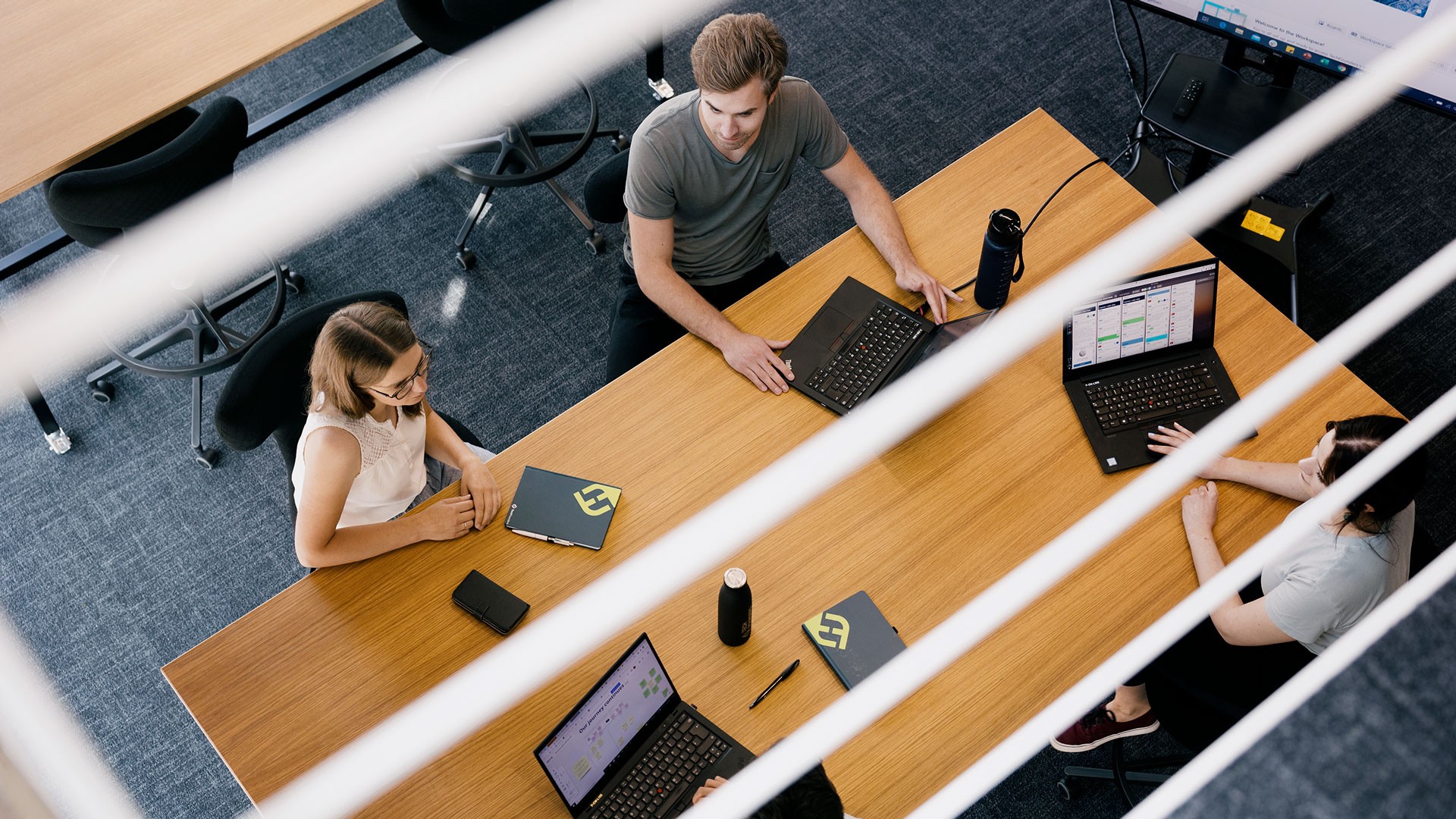
To cooperate with the big players, aside from outstanding technology, startups particularly need qualities like independence and the ability to compete in challenging environments. These values are core components of Knorr-Bremse’s innovation culture – and they are cultivated at TechFounders.
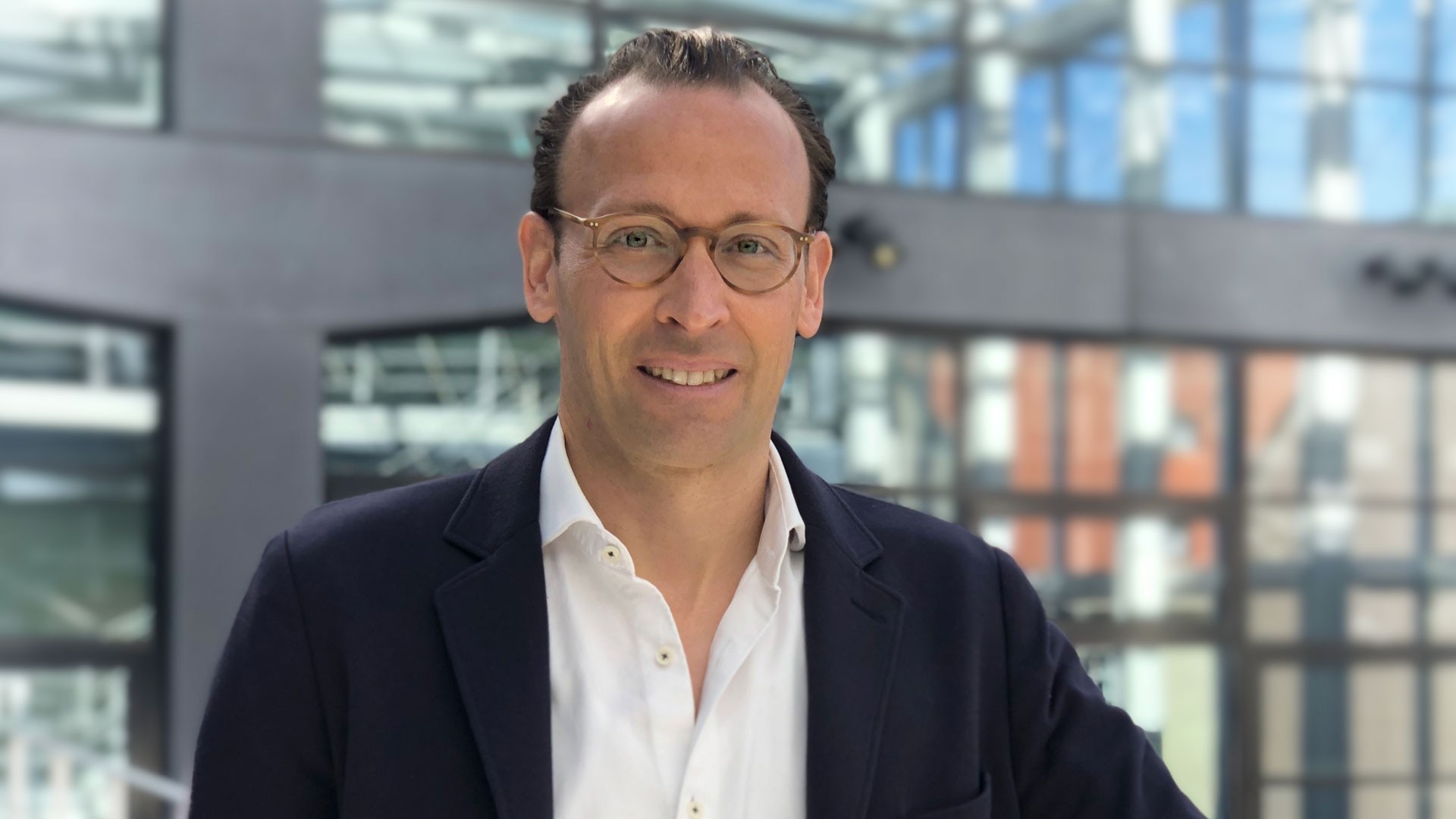
One of the main goals of TechFounders is to facilitate cooperation between newly founded and well established companies. Besides identifying suitable startups, this requires a moderated dialogue – especially while pilot projects are being carried out.
Moritz Förster – Managing Partner at TechFounders
TechFounders itself is part of the UnternehmerTUM center for innovation and startups at the Technical University of Munich, which has around 300 employees. The platform has been matching promising startups with international corporations for six years. TechFounders accompanies startups through a 20-week accelerator program to prepare them for the scaling phase and the next round of financing. Working with their industry partners, the startups also carry out a pilot project aimed at proof of concept, i.e. the feasibility of their innovation. The program concludes with Demo Day, a pitch event where the startups present their fine-tuned business cases to investors and industry representatives – the next milestone on the road to a fully developed product.
Pilot project in Budapest: a high-performance radar system for commercial vehicles
This is what the founders of the Swedish startup Sencept are currently working on. Together with experts from Knorr-Bremse Budapest, they are conducting a feasibility study for a 4D radar for commercial vehicles. The system is designed to identify objects in 3D-space – and also determine their speed (as a fourth dimension) based on the Doppler effect. The high sensor precision and the quality of the processed data could be particularly relevant to Knorr-Bremse’s solutions in the field of highly automated driving and advanced driver assistance systems (ADAS).
The partners are currently testing the system’s viability for automated commercial vehicles driving under real driving conditions on closed-off test routes. In the future, Sencept could also help to provide a high-resolution image of a commercial vehicle’s surroundings in road traffic, thus contributing to system solutions for automated driving and to greater safety for all road users.
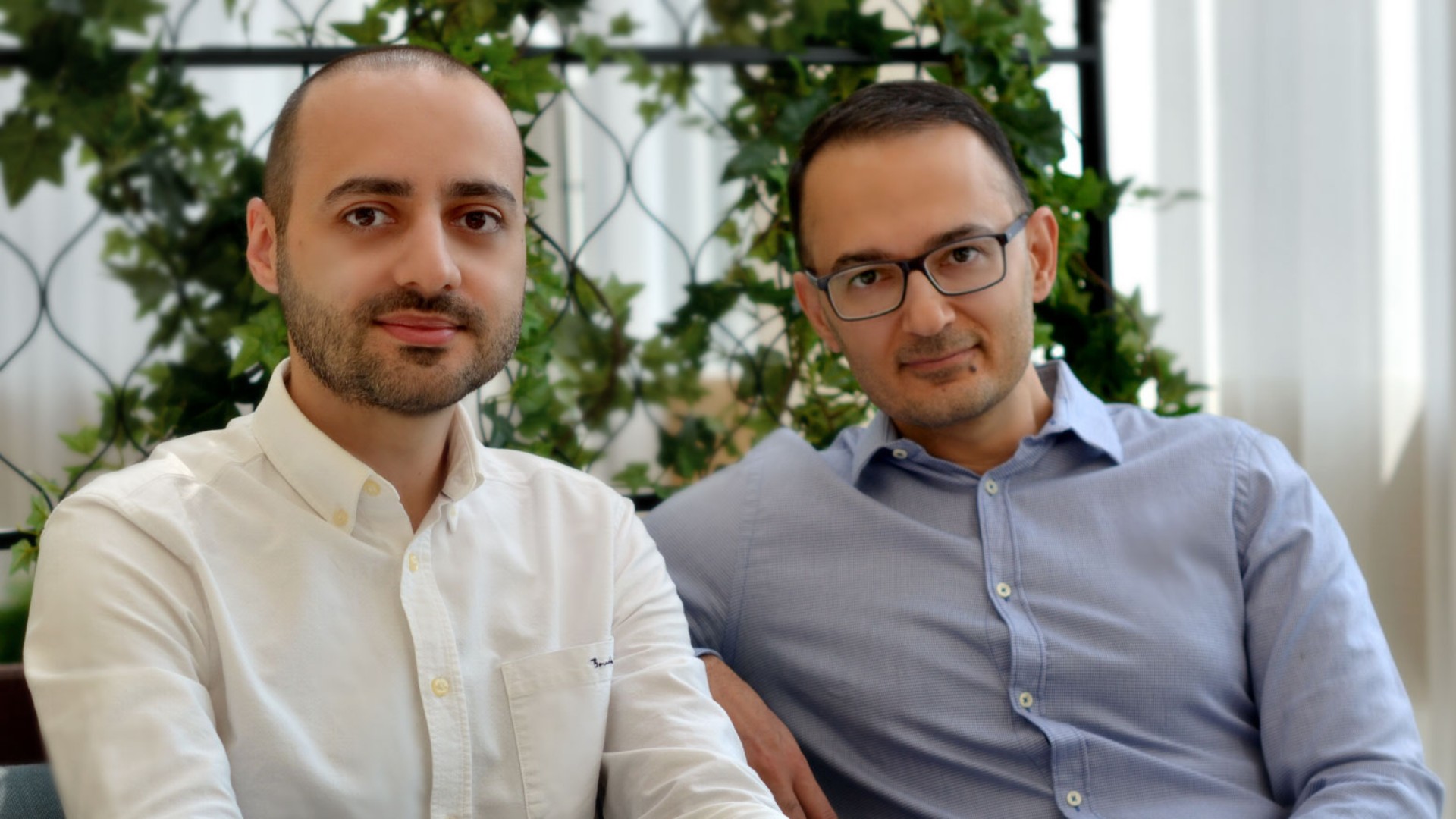
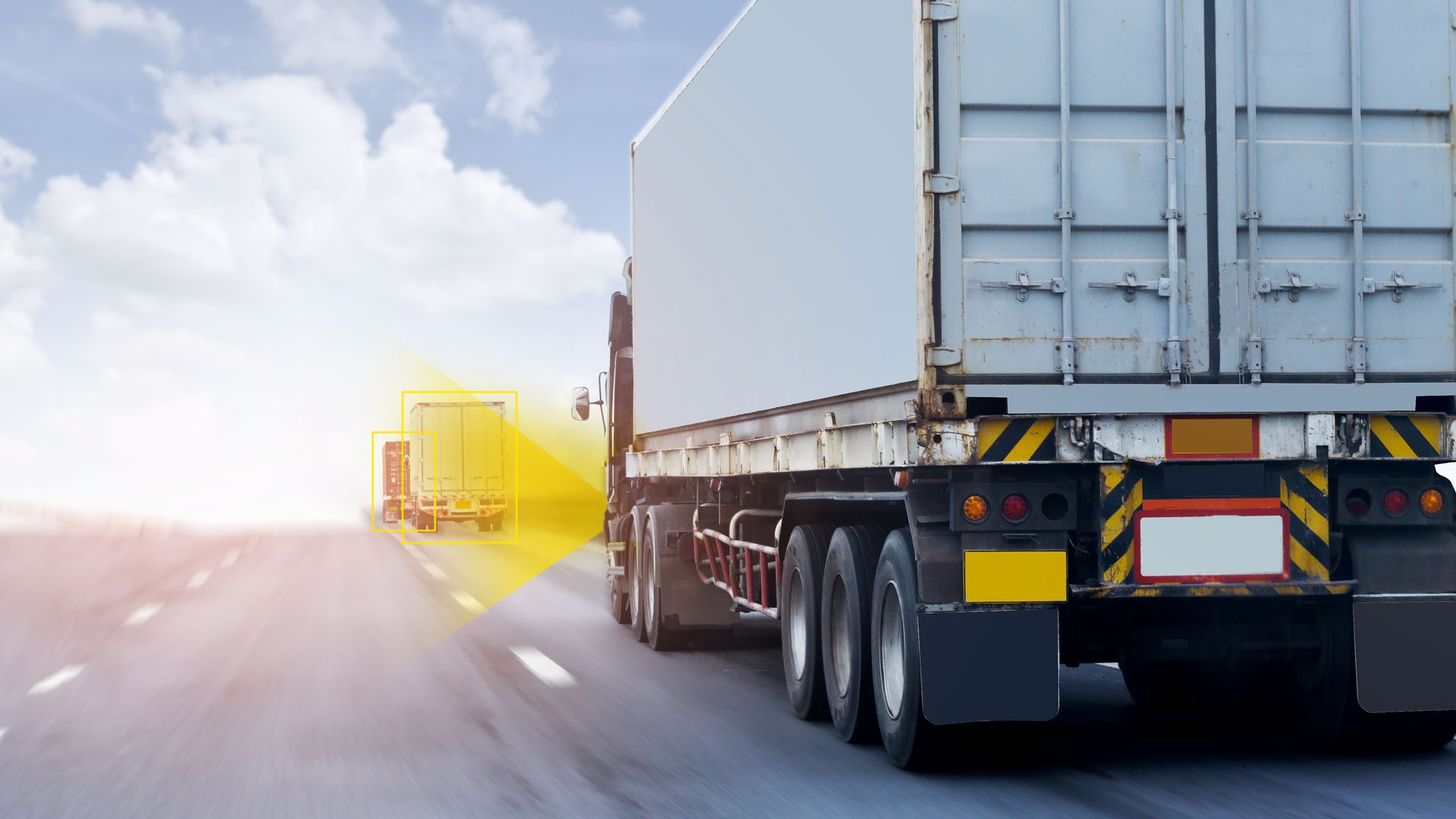
Above all, the collaborations show how founders can support established sectors such as the rail and commercial vehicle industries, which have long innovation cycles, in crucial fields of digitalization. Given that the mobility sector is currently in a state of upheaval, this is tremendously important – not least for Knorr-Bremse’s divisions. The rail industry, with a tradition dating back some 150 years, is on the threshold of becoming the digital transport mode of the future, while a new era is dawning for the commercial vehicle industry with e-mobility and automated driving. Notably, tomorrow’s technology leadership will depend on the ability to identify real potential in external ecosystems at an early stage and integrate it into one’s own portfolio with a range of potential applications.
This is precisely where cooperation with young startups comes in: focused and agile solutions meet an existing, highly innovative technology environment in which they can be specifically applied. That’s what you call a win-win scenario.


